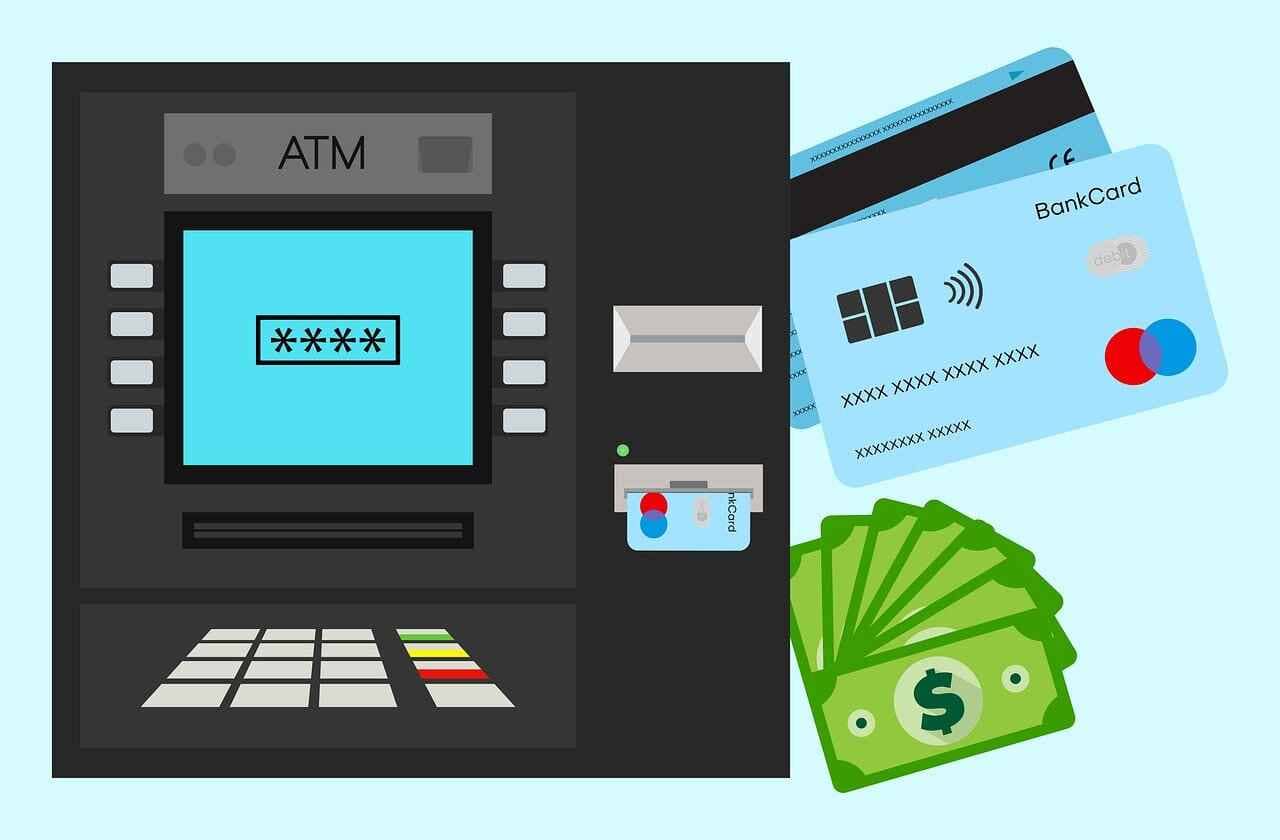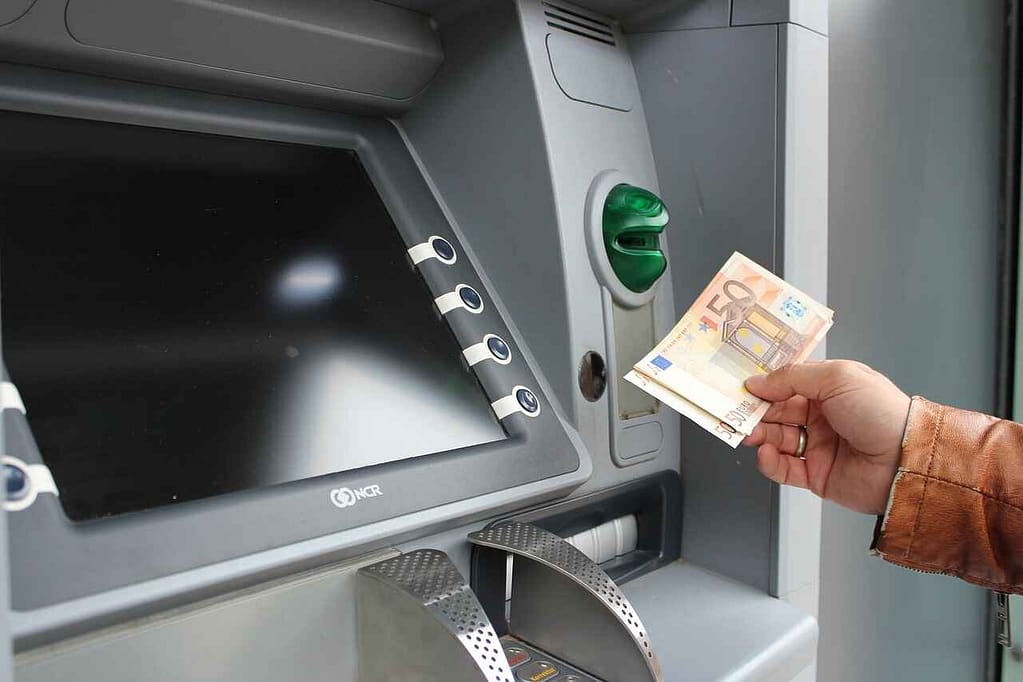pros and cons of atm business
In today’s world, where everything moves quickly, Automated Teller Machines (ATMs) have become essential. They’re those handy machines you find everywhere, from city streets to small towns, giving people easy access to cash and basic banking services.
Think about it: you need cash? Just find the nearest ATM. No need to rush to the bank before it closes or stand in long lines. With ATMs, you can withdraw money, check your balance, or even pay bills whenever you need to.
ATMs have changed the way we handle money. They’re like mini-banks that work round the clock, making life easier for millions of people. Whether you’re in a big city or a remote village, these machines are there to help you manage your finances.
So, in this article, let’s take a closer look at the pros and cons of the ATM business. But first, let’s appreciate how these machines have become a lifeline for many, offering convenience and accessibility in our daily lives.
Pros of ATM Business
1. Passive Income: Imagine owning a vending machine that gives you money every time someone buys a snack. That’s how ATMs work—they give you money (in the form of transaction fees) every time someone uses them. You don’t have to do much; the machine does the work for you, and you get paid.
2. High Demand: Have you ever seen a line at an ATM? That’s because there’s always a need for them, especially in busy places like malls or airports. People always need cash, and ATMs are like superheroes—they’re there when you need them, no matter what.
3. Low Maintenance: Unlike a car that needs regular oil changes and check-ups, ATMs are pretty low-maintenance. Sure, they need someone to refill them with cash now and then, but that’s about it. They’re like the low-maintenance pets of the business world.
4. Diversification: ATMs can do more than just give you cash. Some can help you pay bills or load money onto prepaid cards. It’s like having a Swiss Army knife instead of just a regular knife. Offering more services means more people will use your ATM, which means more money for you.
5. Scalability: Ever played a video game where you start with one little house and end up with a whole city? That’s what scaling up an ATM business is like. You start with one machine, and if it does well, you can add more. The more ATMs you have, the more money you can make. It’s like planting seeds and watching them grow into money trees.
In a nutshell, owning an ATM business is like having your own money-making machine. It’s not only convenient and reliable but also has the potential to grow and make you more money over time.
Cons of ATM Business
1. Initial Investment: Starting an ATM business requires a significant upfront investment. You’ll need to buy the machine, install it, and handle all the necessary software and legal requirements. It’s like starting a big project with a hefty price tag.
2. Location Constraints: Success in the ATM business depends heavily on where you place your machine. If it’s not in a busy area, it won’t make much money. Finding the perfect spot can be tough and might involve negotiating with property owners or facing competition from other ATM owners nearby.
3. Regulatory Compliance: Operating an ATM means dealing with a lot of rules and regulations. From security standards to financial laws, you’ll need to navigate a maze of legal requirements. One wrong move could land you in trouble.
4. Risk of Theft or Vandalism: Like any valuable machine left in public, ATMs are vulnerable to theft, vandalism, and fraud. If your machine gets robbed or damaged, it could mean a significant financial loss for you.
5. Technological Obsolescence: Technology evolves rapidly, and the same goes for ATMs. Investing in outdated machines puts you at risk of newer models making yours obsolete. You may end up needing to spend more money to upgrade or replace your ATMs to keep up with the latest tech.
In short, while owning an ATM business can be lucrative, it’s not without its challenges. From the initial investment to location selection, regulatory compliance, security risks, and keeping up with technology, it’s essential to consider these factors carefully before diving into the ATM business.
To wrap up, the ATM business offers both advantages and drawbacks for those interested in entering the financial services sector.
On the bright side, owning an ATM business can mean a steady income flow, high demand in various locations, low maintenance needs, chances to diversify services, and room for expansion. These perks make it an appealing choice for those seeking a reliable income with minimal hassle.
However, it’s important to recognize the challenges involved. These include the hefty upfront investment, the crucial role of location, navigating complex regulations, security risks, and keeping up with advancing technology.
Looking forward, the future of the ATM business is influenced by trends like digital payments and blockchain technology. While digital transactions are on the rise, ATMs are expected to remain relevant, especially in areas where cash transactions persist. Moreover, innovations like blockchain could enhance security and efficiency, opening up new opportunities for the industry.
In summary, despite its challenges, the ATM business continues to play a vital role in the financial world. With careful planning, adaptation to changing trends, and a focus on customer needs, ATM businesses can thrive in the ever-evolving financial landscape.
FAQs about Pros and Cons of ATM Business
1. Is owning an ATM a profitable venture?
– Owning an ATM can be a profitable venture due to the potential for passive income generated through transaction fees. However, profitability depends on various factors such as location, transaction volume, and operating costs.
2. What are the main advantages of starting an ATM business?
– The main advantages include the potential for passive income, high demand for ATMs, low maintenance requirements, opportunities for diversification, and scalability.
3. What are the initial costs associated with starting an ATM business?
– Initial costs typically include purchasing the ATM machine, installation expenses, software fees, compliance costs, and initial cash stocking. These costs can vary depending on factors such as the type of ATM, location, and regulatory requirements.
4. What are the key challenges of operating an ATM business?
– Challenges include the significant upfront investment, finding suitable locations with high foot traffic, navigating complex regulatory requirements, security risks such as theft or vandalism, and the potential for technological obsolescence.
5. How do I choose the right location for my ATM?
– The right location is critical for the success of an ATM business. Look for high-traffic areas with limited access to traditional banking services, such as malls, airports, convenience stores, or tourist attractions. Negotiating favorable terms with property owners and assessing competition in the area are also essential considerations.
6. What regulations do I need to comply with when operating an ATM?
– Regulations governing ATM operations vary by jurisdiction but often include compliance with financial laws, security standards, accessibility requirements, and consumer protection regulations. It’s essential to research and adhere to all relevant laws and regulations to avoid legal issues.
7. How can I mitigate the risks associated with owning an ATM?
– Mitigating risks involves implementing robust security measures, such as surveillance cameras and alarm systems, selecting secure locations, regularly monitoring ATM activity, maintaining insurance coverage, and staying informed about industry trends and technological advancements.
8. What are some potential future trends in the ATM business?
– Emerging trends in the ATM business include the integration of advanced technologies like biometrics and contactless payments, the adoption of blockchain for enhanced security and transaction efficiency, and the continued evolution of digital banking services. Keeping abreast of these trends can help ATM operators adapt and stay competitive in the market.




